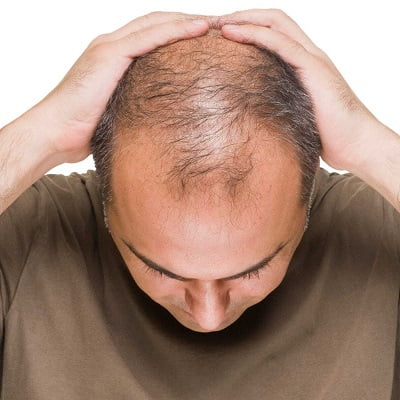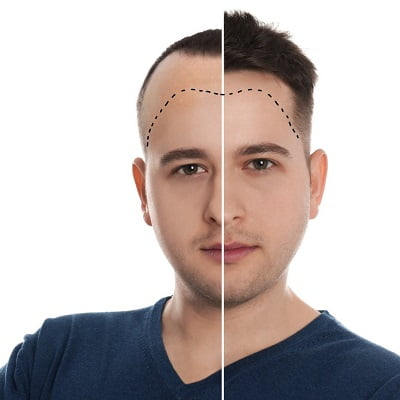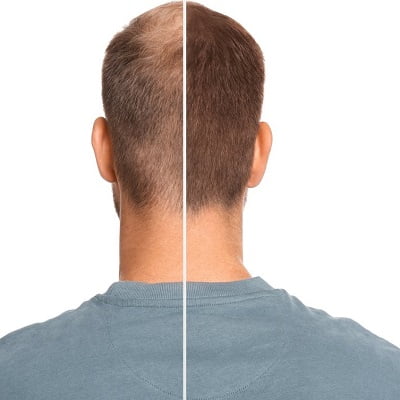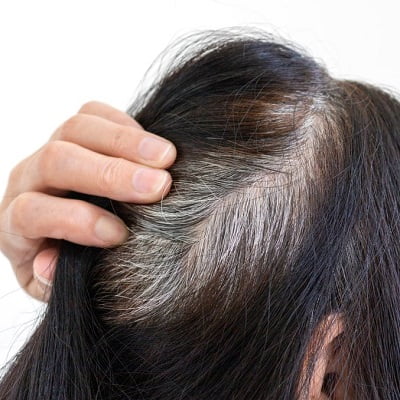Stress has become a common phenomenon in today’s lifestyle. People of all ages, even children, are prone to this mental condition. Financial constraints, health issues, family matters, work-life imbalances, and hectic deadlines cause stress. This condition damages the mental and emotional well-being of an individual. If this distress or strain remains persistently, it can lead to several health conditions. In this blog, we will learn whether stress can cause hair loss.
Let’s Understand What Stress Is!
Stress is a state of worry or tension that arises because of tough conditions. This can be taken as a body’s response to internal and external challenges or pressures. Basically, this is a body’s reaction that triggers a sense of fight or confrontation with a stimulus. This condition ignites the nervous system, hormones, and cognitive processes to cope with a situation. This phenomenon has numerous short-term and long-term emotional and psychological effects.
Causes of Stress:
Our social structure develops a culture of competition. This stimulus has involved all of us in a race. Although everyone understands their sphere of operations, capabilities, and social pressures but very few people can handle this burden effectively. This culture traps most of us and, resultantly, causes tension or stress.
Following are a Few Prominent Reasons for Stress
- Financial Issues
- Relationship conflicts
- Societal pressures
- Sense of competition
- Illogical expectations
- Environmental factors
- Responsibilities
Can Stress Cause Hair Loss?
Yes, stress can cause hair loss. If this phenomenon is not tackled or remains for a longer period, then it can dismantle the normal hair growth cycle and lead to baldness or hair loss. Stress hormones such as cortisol can disorder the normal functioning of hair follicles and increase hair shedding. Furthermore, a condition called telogen effluvium can also occur because of stress. The condition pushes follicles into the resting phase, accelerating baldness or hair loss.
What Does Stress Hair Loss Look Like?
Stress-related hair loss usually appears as hair shedding from all over the scalp while washing, combing, or touching rather than falling from a specific area of the scalp. Further, you will observe hair thinning, but your scalp will appear healthy.
Does Stress Cause Hair Loss By Increasing DHT
High levels of DHT disturb the normal hair growth cycle and cause hair thinning. Although stress also increases hair loss, its mechanism is different. Stress can disturb the availability of required nutrients to follicles or push hair into resting phases. It means stress has nothing to do with DHT levels. The impacts of both are the same but with different mechanisms.
How to Stop Stress-Related Hair Loss?
- Undoubtedly, stress is a common issue. But it can be managed through different techniques. Learning and practicing stress management techniques such as deep breathing, meditation, yoga, and physical activities can help you manage stress
- A healthy lifestyle, including a balanced diet and proper exercise, can reverse the effects of this condition and restore your lost hair
- Life should be organized. We cannot ignore the mounting societal or financial pressures, but we can handle them by organizing our lives
- Financial constraints create issues but do not spend much time fighting these challenges. Spend time with family and friends! This practice can help you counter the impacts of stress and design better strategies
- It is essential to find out the main cause of stress or tension and then manage it accordingly
- If you are losing hair, then do not let stress intensify this condition. Keep yourself calm and get professional guidance and treatment.
- Do not use harsh hair loss treatment procedures, as they could augment the damage
Summing Up!
Stress is a condition or worry that occurs because of a difficult situation. The prolonged duration of this condition causes several health issues. Stress can also lead to hair loss or baldness by disturbing the normal growth of hair follicles or pushing them into a resting phase.
If you are observing hair loss because of stress or tension, visit SKN Cosmetics Islamabad to address these medical conditions. Our experts will not only help you manage stress but also restore your lost hair through state-of-the-art hair loss treatments. Book your appointment at SKN Cosmetics Islamabad and discover the way to a happier lifestyle.










